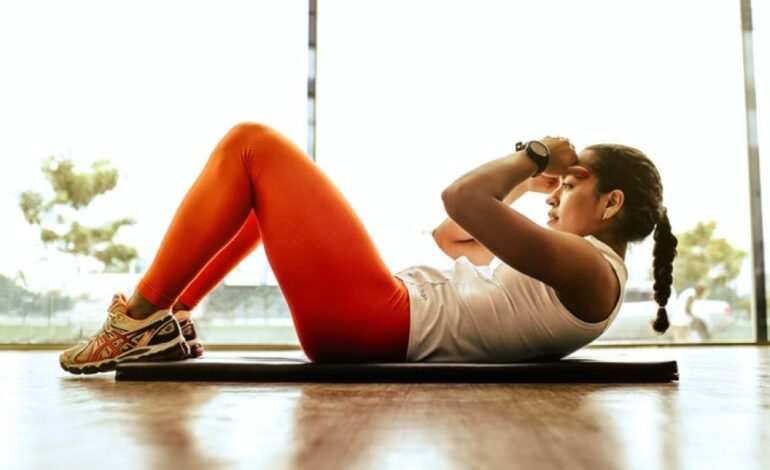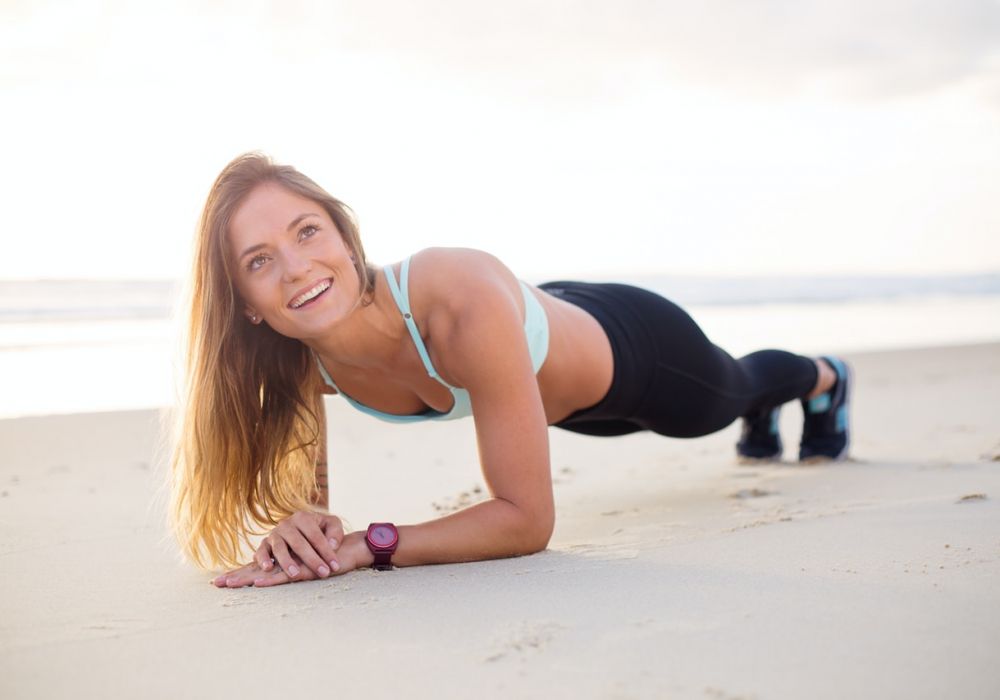Tips And Tricks To Help Improve Your Workout Routine And Get Results Faster

Starting a fitness program can be bumpy, and you might think that the answer is to just spend most of your day at the gym, which is a complete no-no. Always listen to your body, and we advise you to start things slowly. Follow our tips to understand why balance is key and to give yourself the best results.
1. Include Balance Training
You need solid balance for the simplest life activities like walking or tying your shoes. The ability to maintain balance while having strong muscles makes all the difference. Balance training includes workouts that develop the muscles, especially the legs and core and keep you upright. Such workouts can enhance stability and prevent falling. Balance training, like certain difficult yoga positions, can be demanding. For a few seconds, other related exercises are so easy to do, like standing on only one leg. You may also utilize equipment to steady your body, such as a half-circle-shaped stability ball or a balancing panel that is used in conjunction with a running video game. Another exercise includes standing on one leg and pulling the other leg to the side or behind you.
2. Start With Stretching
Dynamic stretches are essential to every pre-workout. The goal of dynamic stretches is kick-starting movement in your body, and they aren’t held for a long time. Lunges with torso twisting are an example of dynamic stretches. Instead of keeping the stretch in place, you will move through several stretches. This progressively increases your body temperature and heart rate while warming up your muscles, preparing your body for exercise. A dynamic warm-up also improves your range of motion, allowing you to go deeper into each exercise and enjoy the full strengthening effects.
In addition, dynamic stretches play a vital role in preparing you before playing sports like basketball and soccer. It also comes in handy before lifting weights and swimming.
3. Smaller Weights
It is important to start with smaller weights when you start your fitness journey so that you can focus on the correct shape. But once you have your desired shape down, start to lift the larger weights. Don’t give up the right form for inefficient high weights. However, heavier weights can provide better outcomes in less time. Heavy weights are also not only meant for people who want to bulk; this is a common misperception.
We recommend you start with a foam roller to awaken your muscles before lifting. The rolling foam loosens stiff muscles, prepares your muscles for their task here in the workout, and helps expand your range of motion. Enhanced movement allows you to deepen and lengthen the bicep curls, which means greater muscle recruitment and better outcomes.
4. Adding Metabolism Training
The intensity of metabolic training is what makes it different from other workouts such as a typical weight-lifting session. Metabolic training employs bursts of physical activity at such high intensity that they can only be sustained for a minute or so at most. These short bursts of maximal effort are followed by a recovery time that is just long enough to prepare your body for the next round, but brief enough to make your heart rate jump.
Metabolic training can include squats, lunges with dumbbells, and pressing. Furthermore, research on calorie burning draws varying conclusions on the total calorie burn of the metabolic workout; a ton of calories are surely burned. While calorie combustion during a regular exercise session can easily be about 500 calories for a less-than-one-hour activity, the rate of a metabolic workout takes a leap between ten percent and twenty-five percent, and even for up to two days.
5. Food Before Working Out
You should hydrate your body by consuming water and eating before working out. If you don’t, your muscle tissue is more prone to break down, especially if you exercise on an empty stomach. This results in making decisions that are based on extreme hunger, and you’ll just be back to square one.
Eat a moderate to medium-sized lunch two to three hours before exercising. It is advised to eat at least an hour before working out. It’s a good idea to include some healthy fat like olives, avocado, or nuts, as long as you allow adequate time for digestion.
6. Food After Training
It is important to eat something within 30 minutes after your workout, especially if you have had intense training. Some experts advise that this is the best time to eat after working out. Others suggest that you are all set if you have a meal within an hour or two after working out. However, it is agreed upon that you should consume protein and carbohydrates mixed together.
Also, during exercise, your body’s glycogen reserves are utilized for fuel, and eating carbohydrates afterward helps restore them. The rate of consumption of your glucose storage depends on your activities. Endurance activities, for example, lead your body to burn more glycogen than exercises of resistance. As a result, if you participate in endurance activities like swimming, you may need to ingest more carbohydrates than usual.
Sweating causes the loss of electrolytes during exercise. Replenishing these nutrients after an exercise can aid in recuperation and performance. It’s very important to rehydrate if your next workout is in less than 12 hours. Water or an electrolyte-filled drink such as coconut juice or fruit blended smoothies are recommended, to replace fluid losses depending on the intensity of your activity.

Remember that relapsing is normal, and taking the right steps to prevent it is not impossible. Without a few setbacks, no one can go from an inactive to an active and healthy lifestyle. These failures are easily fixable as long as they are attributed to a lack of motivation rather than injury or disease. Avoid pessimism and stop giving yourself constant headaches about missing an exercise every now and then. You’ll be able to get back on track if you maintain your belief in your abilities. If you utilize failures as a source of motivation, you may also overcome obstacles. Why did you choose to forego that workout? Do you truly dislike your current gym and, as a result, should consider switching to a new place? Do you feel alone while working out and need to join a workout group? Answering similar questions can really help you with the process.










